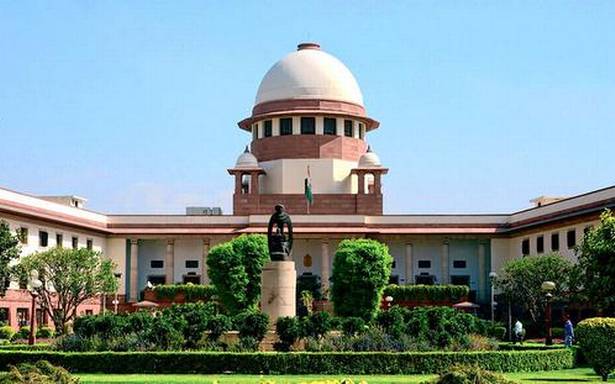Six names, repeated on September 1 by the quorum headed by Chief Justice NV Ramana, were recommended by a previous quorum in 2019.
Half of the 12 names the Supreme Court Collegium repeated for appointing judges to various Supreme Courts were originally sent to the government two years ago.
These six names, repeated by the College under the direction of Chief Justice NV Ramana on September 1, were recommended by a previous College under the direction of then Chief Justice of India Ranjan Gogoi in July and October 2019. The current CJI was part of the Gogoi College.
Attorneys Jaytosh Majumdar, Amitesh Banerjee, Raja Basu Chowdhury and Lapita Banerji were first recommended by the Gogoi Collegium for the Bench of the High Court in Calcutta on July 24, 2019 the same day.
In both cases, the college stated that it had interacted with the attorneys, “carefully examined” names for “merit and aptitude” assessments, and “believed” that they were eligible to serve as judges in the High Court. However, they had not been approved by the government.
The sixth name, attorney Moksha Kazmi (Khajuria), was first recommended to the Supreme Court of Jammu and Kashmir on October 15, 2019.
The remaining six names repeated by the Ramana Collegium, differently on August 24th and September 1st, include three judicial officers from the Judicial Bank of the Allahabad High Court, a lawyer from the Jammu and Kashmir High Court, and two lawyers from the Karnataka High Court. The recommendations of their names are from February and March of this year.
The repetition of these names, along with recommending 56 new names to various high courts at once, was followed closely by a friendly nudge from Chief Justice Ramana to the government at a public event on Saturday to clear them all up in a timely manner. This nuanced approach of getting the message across to the government by repeating the names while maintaining a moderate bonhomie was evident in the CJI’s report of its first meeting with the new Justice Minister Kiren Rijiju.
“He asked me ‘what’s the problem?’ I told him the first problem was filling the vacancies. To accelerate the filling of vacancies … That is the top priority, ”said the presiding judge Ramana in Rijiju’s presence on the podium.
Even so, the CJI commended the Attorney General for immediately starting work and acquitting the nine names recommended by the college for the Supreme Court.
“Nine names were deleted in six days. That’s a record. Thanks to him, they were evacuated at jet speed. I am very happy to be at his side in all decision-making processes. I have to thank the prime minister and the attorney general … I expect the same jet speed in clearing the names for the high courts, ”the CJI said.
The CJI also made it clear that the appointment of judges is an “on-going process” that requires quick decision-making. This seems to be a clear signal to the government that the speed of name clarification should not be an isolated incident. The court expects the government to show the same zeal with which it acquitted the nine names in future high court appointments.
“We hope to meet the Herculean challenge of filling almost 41% of the vacancies in all high courts … In another month we expect at least 90% of the vacancies in the country to be filled,” said the Chief Justice for the judicial Furnishings.
According to figures from the Ministry of Justice dated September 1, 465 judge posts in 25 Supreme Courts are vacant, while a total of 1,098 judges are admitted.
In turn, Mr. Rijiju politely returned the court’s compliment. “During our first interaction, I realized that we have a CJI that we fully trust,” he told the audience on Saturday.


Comments are closed.